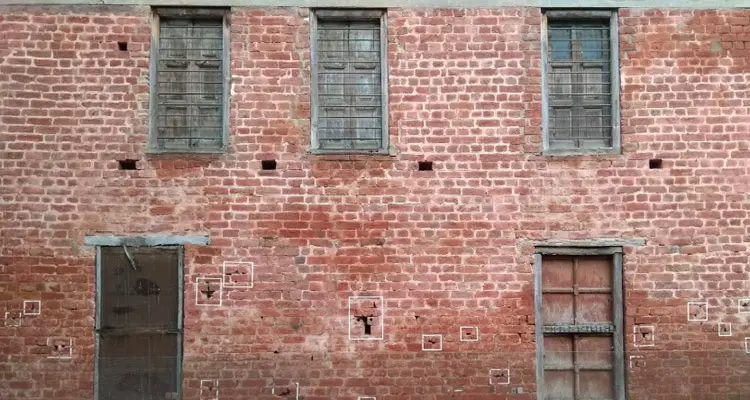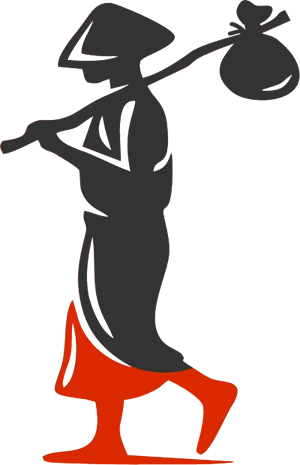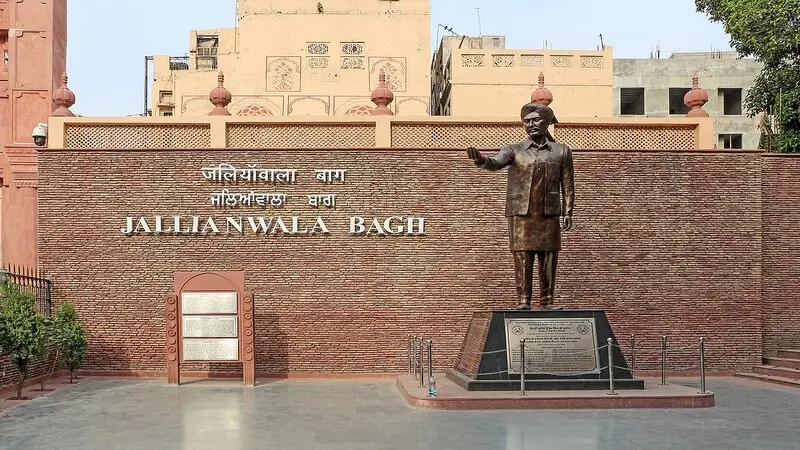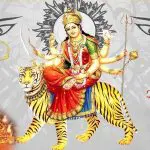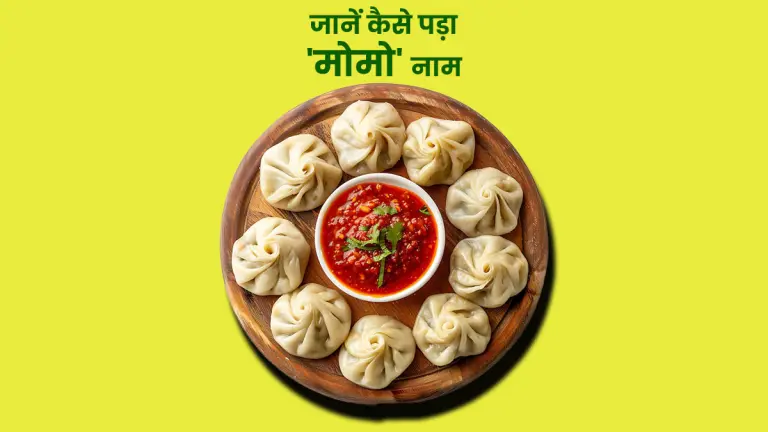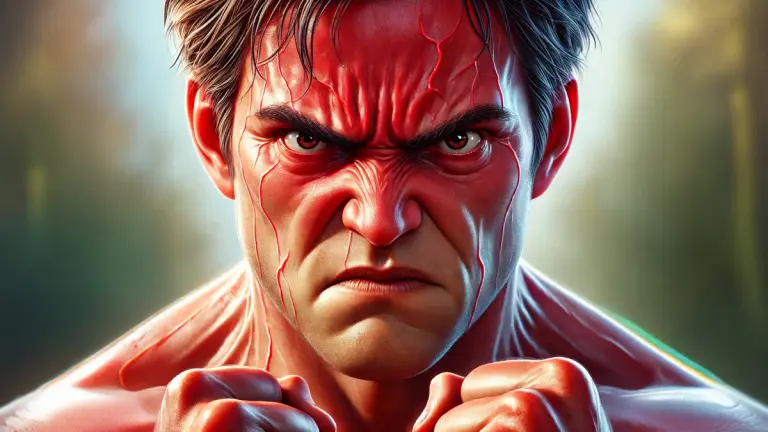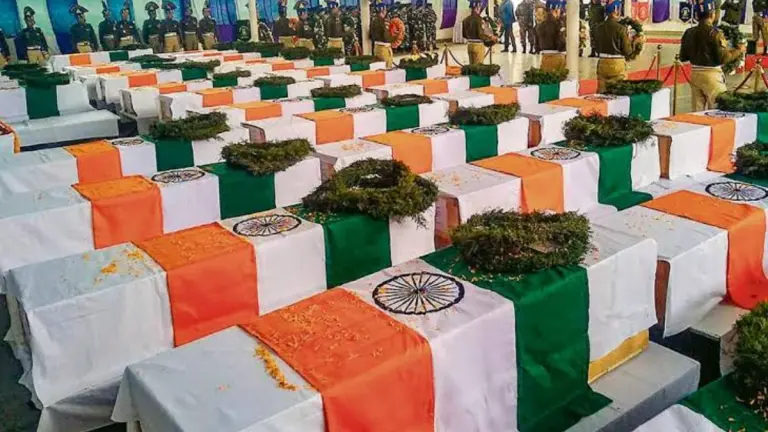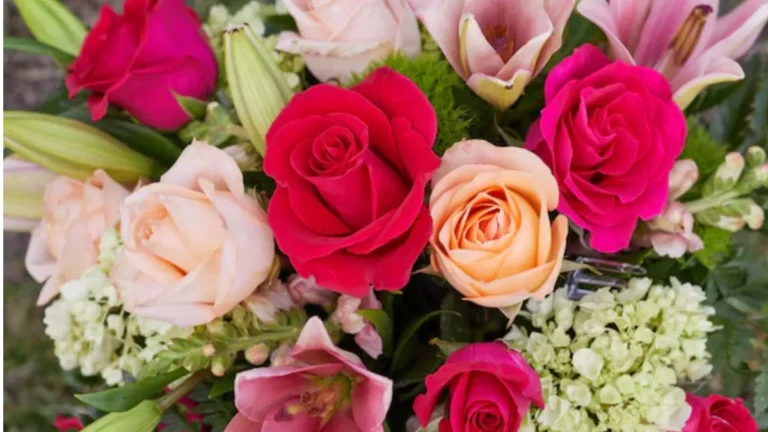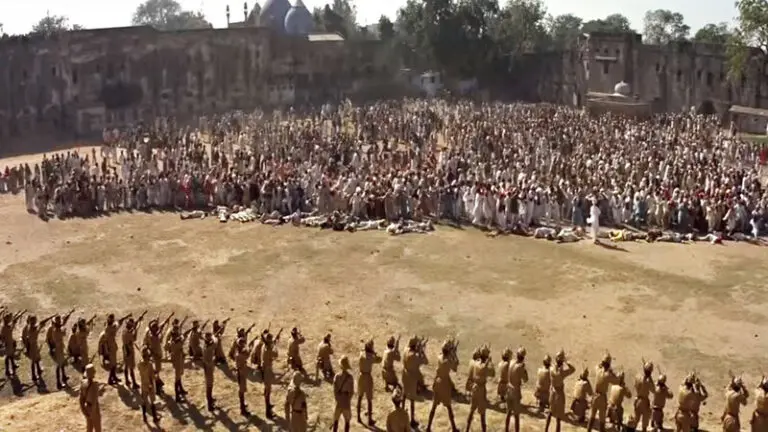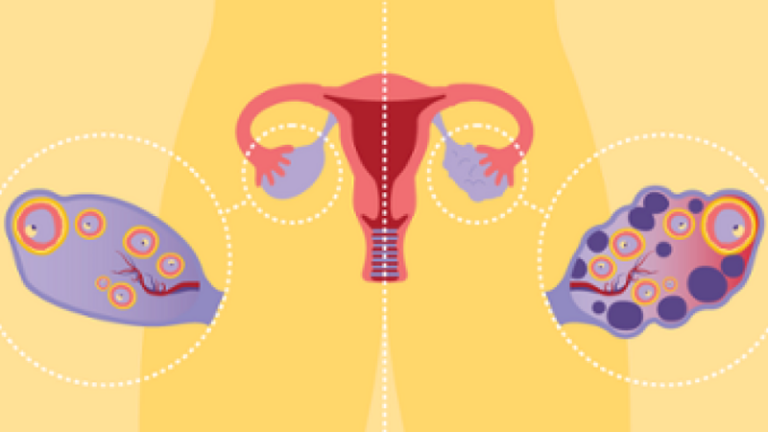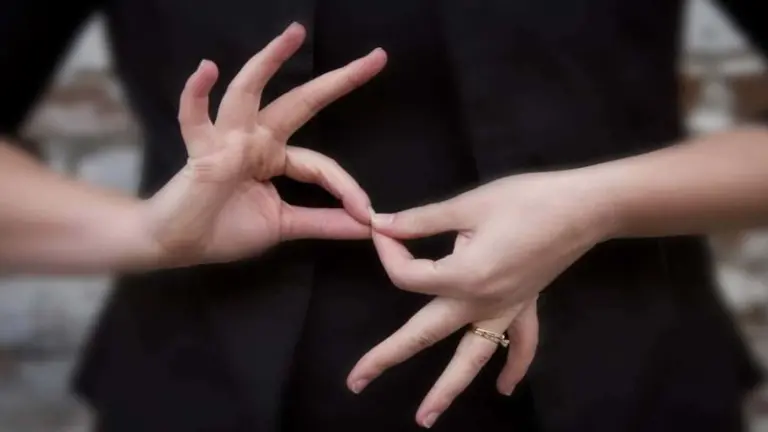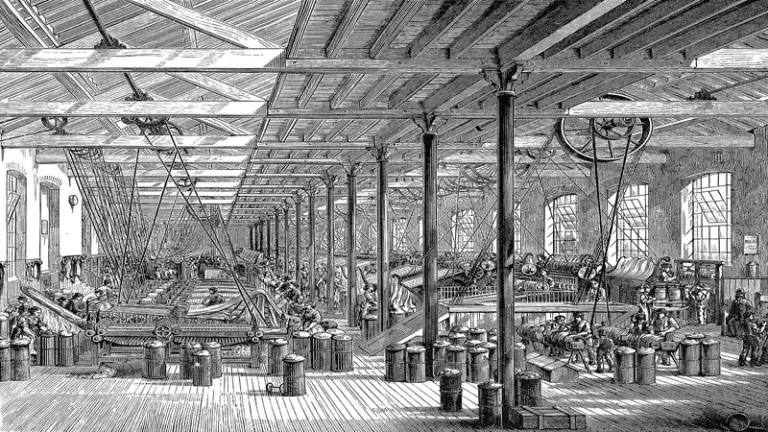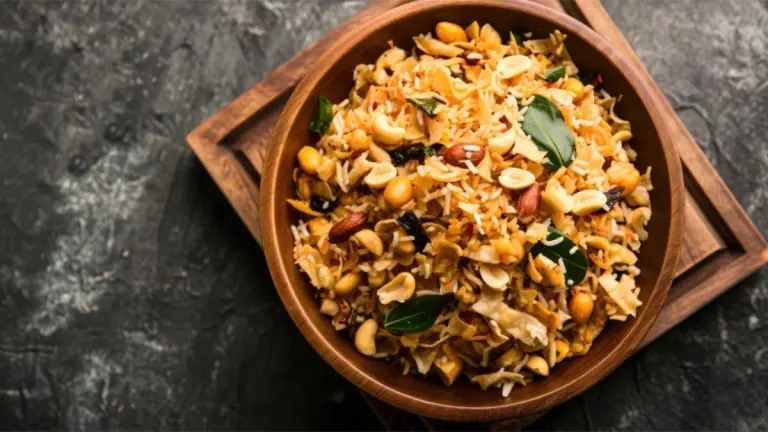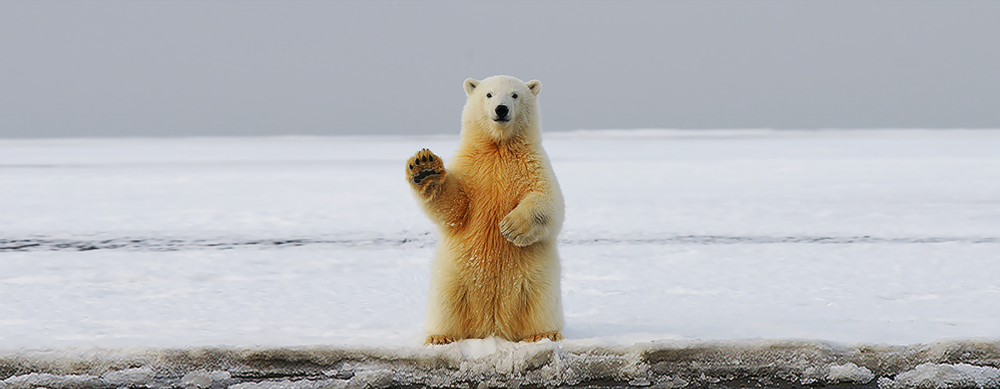There is a dialogue in the English novel The God Father by Mario Puzo, “Revenge is a dish that tastes best when it is cold.”
Means ‘Revenge is such a dish that tastes best only when it is served cold.’
This phrase is fully applicable to the life of Udham Singh who waited for 21 years to avenge the Jallianwala Bagh massacre in 1919.
By then, Brigadier Reginald Dyer, who fired at Jallianwala Bagh, had died. But Michael O’Dwyer, who was the lieutenant governor of Punjab at that time, became a victim of Udham Singh’s bullets. The same Michael O’Dwyer, who justified the massacre at every step.
Where was Udham at the time of Jallianwala?
The general belief is that at the time when the massacre was happening in Jallianwala Bagh, Udham Singh himself was present there and he had taken the soil there and vowed that one day he would take revenge.
British people tried a lot on their behalf that Udham Singh’s name could never be linked with Jallianwala Bagh, but their campaign was not successful. Personally, I believe that Udham was in Punjab at that time but was not present in the Bagh at the time of the firing.”
- The ‘contractor’ of Khalistan and the ‘force’ of separatism
- January 1, 1948, when the ‘Jallianwala Bagh incident’ of independent India happened
- That scene of Jallianwala Bagh and the marks of wounds
Dwyer’s opinion about Indians:
Now it should also be known that who was Michael O’Dwyer, one of the main facilitators of Jallianwala Bagh and what was he doing in London after retirement and return from India?
Sir Michael’s time in India ended in 1919 itself, but even after that he was known only through the events that happened during his tenure. He justified the steps taken in Punjab on every platform.
Singh became a huge ‘poster boy’ of the right wing. He strongly hated nationalists. There were many Englishmen who worked in India and loved the Indian people and their culture. Michael O’Dwyer was one of them. They were not from India. They never believed in Indians.”
Michael believed that the Indian people were racially deficient that they could not rule themselves. Then the whole British Empire would collapse like a house of cards.
- Jallianwala massacre ‘shameful blot’ on history: Theresa May
- Jallianwala Bagh is not in the history of Pakistan
- ‘Even if he apologized for Jallianwala Bagh, it would have been mere hypocrisy’
Udham Singh reached London in 1933:
In the year 1933, Udham Singh had entered Britain through a forged passport. In 1937, he was seen at the Shepherd’s Bush Gurdwara in London.
He was wearing the best suit. He had shaved his beard and was talking in English to the people present there. At that time a person was very impressed with him, whose name was Shiv Singh Johal. Udham Singh had shared a secret with him that he had come to England to complete a special mission. He used to frequently visit his ‘Punjab Restaurant’ located in Convent Garden.
Alfred Draper writes in his book ‘Amritsar-The Massacre That Ended the Raj’, “On March 12, 1940, Udham Singh invited many of his friends for a Punjabi dinner. At the end of the meal, he fed everyone laddoos. When the time came, he announced that a miracle was going to happen in London the next day, which would shake the foundations of the British Empire.
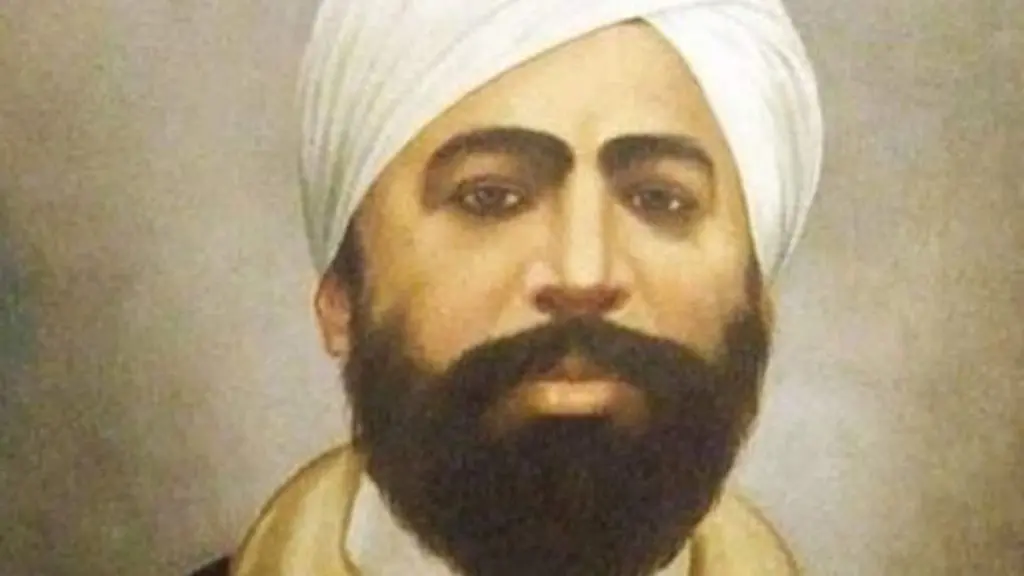
‘Mohammed Singh Azad’ at Caston Hall
When London woke up on March 13, 1940, there was a blanket of snow all around. Udham Singh took out a gray suit from his wardrobe. He kept his identity card in the top pocket of his coat, on which it was written – Mohammad Singh Azad, 8 Mornington Terrace, Regent’s Park, London.
Udham Singh took out 8 bullets and put them in the left pocket of his trousers and then kept the Smith & Wessen Mark 2 revolver in his coat.
He had waited for this day for 21 years.
When he arrived at Caxton Hall in central London, no one bothered to search him, let alone check if he had a ticket for the event.
Udham had lowered his hat. He had his overcoat neatly folded in one hand. The hall was surprisingly thinly guarded, given that the Secretary of State of India also paid a visit. Udham was one of the last people to enter the hall.
Michael O’Dwyer shot in the heart:
When the doors to Caxton Hall opened at two o’clock, the 130 chairs there were filled within minutes. Michael O’Dwyer’s seat was at the front right in the hall.
Instead of going back, Udham Singh went to the ‘isle’ on the right side. Walking slowly, he reached the fourth row.
Michael O’Dwyer was sitting a few feet away from him and his back was towards him.
People noted that Udham Singh was smiling. He was moving forward inch by inch. As soon as the speech was over people started picking up their luggage. Udham Singh extended his hand and moved towards Dwyer. He thought that he was coming to shake hands with him. But then he saw the revolver in his hand. By then Udham Singh had come so close to him that his revolver was almost touching Dwyer’s coat. Udham fired without losing time The bullet exited Dwyer’s right side of his heart, breaking his ribs.”
Dwyer was not even completely razed yet that Udham Singh fired the second shot. That bullet entered the back a little below the first bullet. Sir Michael O’Dwyer almost in slow motion fell to the ground and stared blankly at the ceiling.
The Secretary of State of India was also shot.
After this, he targeted the chest of Lord Zetland, the Secretary of State of India standing on the dais. Two bullets hit the left side of his body. He fell on his chair holding his chest.
After this, Udham Singh turned his attention to Lord Lamington, former Governor of Bombay and Sir Sui Den, former Lieutenant Governor of Punjab.
That day every bullet of Udham Singh hit the target. As a rule, four people should have died that day, but only one person died.
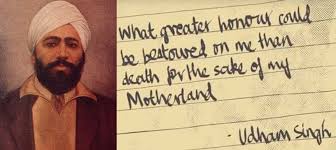
Udham Singh was caught by a woman:
When Udham Singh stopped firing, the barrel of his revolver was hot. They ran towards the outer door of the hall shouting ‘leave the way, leave the way’.
Rakesh Kumar, who wrote another book on Udham Singh, ‘Udham Singh Hero in the Cause of Indian Freedom’, says, “After killing Dwyer, Udham Singh ran to the back of the hall. Then Bertha Herring, a woman sitting there, turned to him.” Dive’ Mari.”
According to Rakesh Kumar,”She was a tall woman and fell to the ground holding Udham Singh’s shoulder. Udham Singh tried his best to free himself from Bertha but then another man, Claude Riches, again pulled him to the ground.” dropped it.”
Rakesh Kumar says, “The two police officers present there ran and crushed him by placing their feet on his palm. When Udham Singh was searched, 17 cartridges, 1 sharp knife and his trousers were found in a small box.” 8 cartridges were found in his pocket.
Only four of the six bullets fired were found:
Within half an hour, about 150 policemen surrounded Caxton Hall and there questions and answers started taking place from Udham Singh.
The details of what happened there are still available in Britain’s ‘The National Archives’.
According to it, “Udham Singh’s composure appeared to break for the first time when Sergeant Jones’s boss, Detective Inspector Dayton, entered the room and placed four spent cartridge cases on the table. Udham Singh said angrily, ‘No No, I fired not four but six bullets.’ Dayton went back to the ‘Tudor Room’ in search of those bullets.”
Udham Singh had no way of knowing that one bullet was still lodged inside Michael O’Dwyer’s body and the other had landed in the chest of Secretary of State Lord Zetland.
Condemned everywhere but praised in Germany:
Soon after this incident, flags were lowered in London and Lahore. In the House of Commons, the British Prime Minister expressed condolences to Dwyer’s family.
Mahatma Gandhi in India condemned this murder. In London, 200 people of Indian origin gathered at India House and condemned the murder.
Only Germany welcomed this murder. There Udham Singh was considered a freedom fighter.
Brutality in prison:
Udham Singh was kept in cell number 1010 in Brixton Jail. Udham Singh was treated very cruelly in the jail. He sat there on hunger strike several times.
There is evidence that he was force-fed 42 times.
Documents held in ‘The National Archive’ show that Udham asked for pencil and paper to write a formal letter to Detective Inspector John Swain’s officers.
In this letter, he requested, “Cigarettes should be sent to me and one of my long sleeve shirt and Indian style shoes should also be delivered to me.”
Udham also asked if his cotton trousers and turban could be ordered from his flat, so that he could wear them in jail.
He wrote, “I do not feel sorry for the hat, because I am an Indian.”
Not afraid of death:
During the trial, Udham Singh did not miss any opportunity to defame the British Government.
Alfred Draper writes in his book ‘Amritsar – The Massacre That Ended the British Raj’, “The judge cautioned him to simply explain why he should not be hanged.”
Udham Singh shouted, “I do not care about the death sentence, I am dying for a cause. I did it because I had a grudge against Dwyer. He was the real culprit. Wanted to crush. That’s why I crushed him.
He said that he waited for 21 whole years to take revenge. Also he said that he was happy that he has completed his work. He said, “I am not afraid of death. I am dying for my country.”
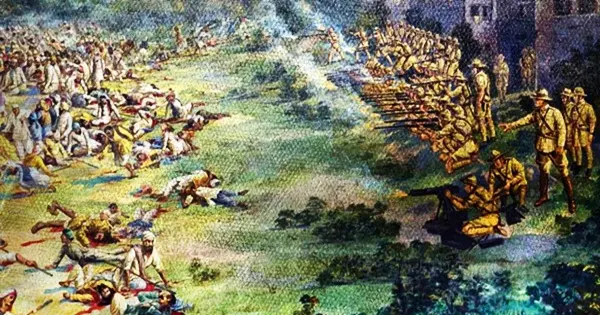
Hanged in pentonville prison:
On July 31, 1940, Udham Singh was hanged at Pentonville Jail at 9 am amidst the bombing of German planes.
When the last shovel of soil was put on his coffin, the British thought that they had buried his story with it forever. But this did not happen.
Back to India:
On July 19, 1974, his body was taken out of his grave and brought to India on a chartered plane of Air India.
The plane carrying Udham’s mortal remains touched Indian soil, the sound of the people present there was much louder than the sound of the plane’s engine. They were received at the Delhi airport by Giani Zail Singh and Shankardayal Sharma, who later became the President of India.
India’s Foreign Minister Swaran Singh was also present at the airport. His body was taken to Kapurthala House, where Indira Gandhi was present to welcome him. In every part of India his funeral procession went, People came in thousands to welcome him.”
At that time the Chief Minister of Punjab, Giani Zail Singh lit his funeral pyre. His ashes were collected on 2 August 1974. They were kept in seven urns. One of them was sent to Haridwar, the other to Kiratpur Sahib Gurdwara and the third to Rauza Sharif.
The last urn was taken to Jallianwala Bagh, the site of the 1919 massacre. In 2018, a statue of Udham Singh was installed outside Jallianwala Bagh. In it, he is shown picking up blood-soaked soil in his fist.
